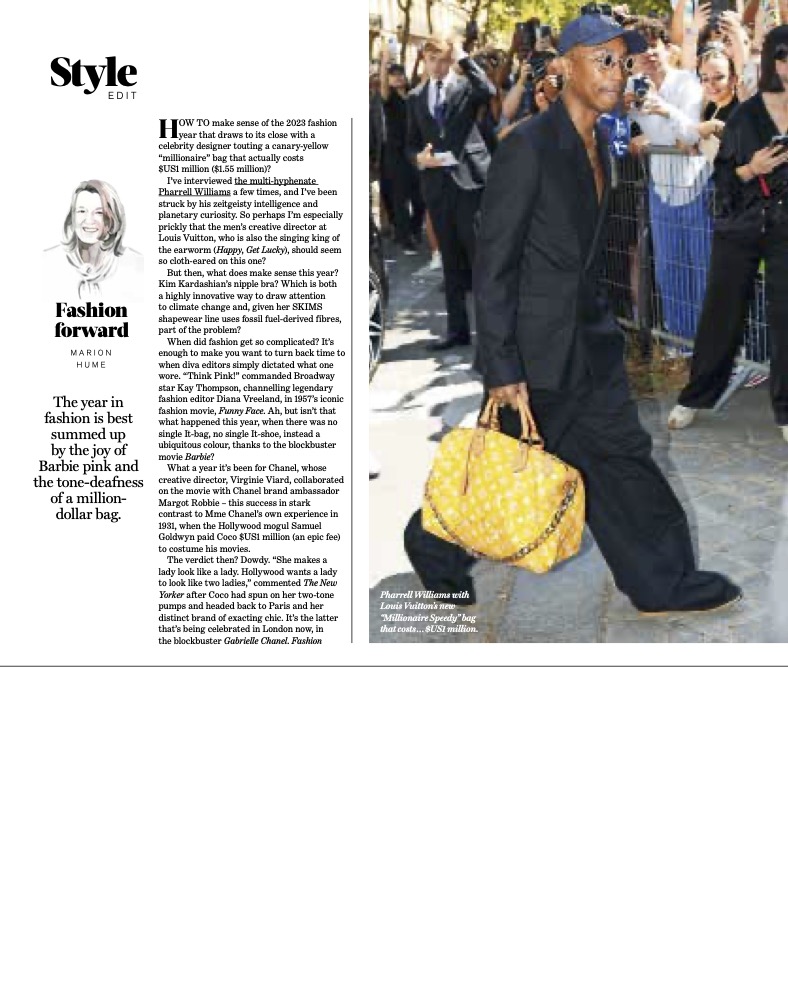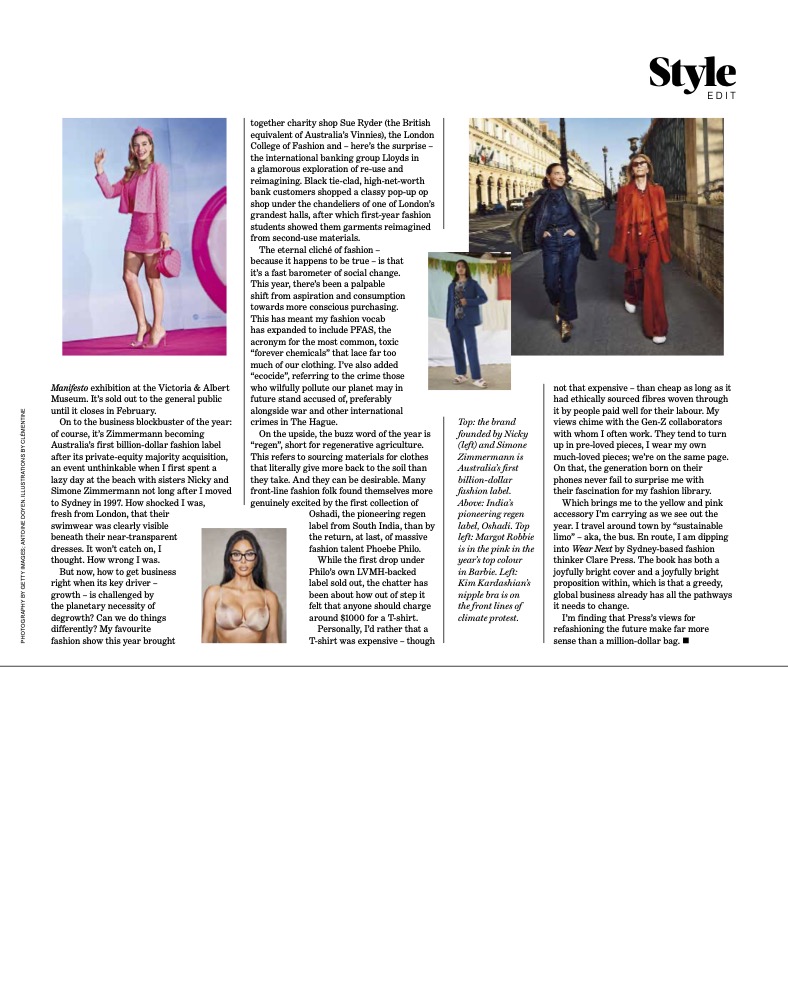



by Marion Hume
Hush hush, but have you heard the latest about cocagne? The source is limited but whispers are spreading through the French fashion crowd. Really, if you are planning to holiday in the snazziest summer enclaves in Europe next summer, (Cap d’Antibes, Ile de Re, St Paul de Vence….) you don’t want to miss out.
We are talking about something difficult to obtain but entirely legal of course. While you pronounce “cocagne” almost exactly like the marching powder which, some years ago, a supermodel allegedly put close to her nose, this column reaches you not from seedy late night London but from sun-drenched South West France, with its Medieval cities which grew rich thanks to the cocgane trade reaching every corner of the world.
What is cocagne? It’s about the size of a tennis ball and originally came with a distinct whiff of urine. In 15th century Toulouse, dealers built Medieval McMansions complete with blingy turrets and spiral staircases and probably tried to out-do each other with pimped-up ox carts too. The hit they sold was blue.
A cocagne is the solid, transportable form of a plant extract that releases blue dye. While abundant in nature, for centuries, blue was the trickiest hue to fix onto fabric. Your 12th century Game of Thrones warlord wasn’t wearing ecru because of a pre-Armani taste for beige but because no one had yet been able to take the taste for woad face paint and make it work for fashion. The breakthrough came when someone took the ordinary-looking plant called pastel, from which woad derives, pulped the leaves, dried them, fermented them in human urine, rolled them into balls then, about a year later, crushed these and hurled the powder into a vat of boiling water. When the offcuts from the loom were dipped into this brine, the cloth emerged a celestial blue.
So successful was the taste for pastel blue that by 1570, the pope decreed priests shouldn’t be seen in it as it was far too common. But the good times would end. Indigo – faster, cheaper – arrived from India. The French government tried to ban its import but by the mid 18th century, it was all over for the lords of cocagne. In turn, the 19th century saw indigo ousted in favour of synthetic dye, the 20th saw the pollution of rivers near European fashion factories. And so it came to pass that, by the 21st century, the poor of China started dying because dyeing had turned their water sources toxic. Those with a conscience are looking back to the environmentally-pure pastel of France.
A combination of university boffins plus eager artisans have been trying to bring pastel up to date for over a decade, the challenges, including finding an eco trigger for fermentation that does not whiff of the pissoir and making a labour-intensive process economically viable have taken time. First successes including (pee free) body products – soaps, lotions and the like – trumpeting the pastel plant’s antiseptic properties and labelled “Comptoir de Pastel” are now de rigeur in the chicest French holiday houses.
Now, at last, linen and cotton scarves dip-dyed a glorious Gallic blue are available via a completely sustainable reintroduction of a traditional artisanal trade and for around the 40 euro mark, making them viable additions to a holiday wardrobe. Gorgeous Gauls, who would never be seen dead out of darks while in Paris, are accessorizing their summer looks (white jeans, striped T-shirts – that chic cliche that keeps on looking good) with a swath of pastel blue scarf, worn either soft knotted at the neck, wafting in the evening breeze or even tied over an Eres swimsuit.
As far as I know, Pastel de Lectoure is the only producer to have launched an online source of pastel scarves with an English translation. Let the international trafficking of cocagne begin.
by Marion Hume
Now that the brouhaha about The Great Gatsby has settled — at least until it ramps up again for movie awards season — shall we take a moment to examine its sartorial legacy? As in, does it have one? Or does it not? You’d think the answer would be easy. Count the glossy pages devoted to “Gatsby style” in the past months. But is there now a taste for flapper dresses in a shade I still like to call “Queen Mum mauve”? Have oyster satin pyjamas moved from boudoir to street? For gentlemen, have pink suits taken off? The answer — to all — is no.
What is beyond reasonable doubt is that double Academy Award-winning costume designer Catherine Martin is on track for her third Oscar, for her fearless mixing of the historically accurate with the utterly contemporary. But when the looks filter down, what we have is fun, not fashion. The reason ‘20s style is the perpetual party theme that is so easy to do — with something spangly, a gold T-bar shoe and a cheap wig. Almost every woman looks like she’s having a good time when you add a feather boa.
A few years ago, I was reminded of the power of ‘20s dressing thanks to Eyjafjallajokull. Remember the volcano erupted? To cut one of my all-time favourite stories short, I was halfway through airline online check-in when I realised I needed a swift plan B to reach Venice. I hitched a ride on the Orient Express, a fun-filled flapper heaven (other than for me: I didn’t have time to theme-pack). The only mirrors on board are make-up sized, which means no one has a full-length view. Everyone thus dresses how they think they would like to look and, thanks perhaps to some dry martinis, everyone looks lovely. Not fashionable, but superbly theme-party lovely.
What is lovely is how loudly Catherine Martin has acknowledged the roles Tiffany & Co, Prada and Brooks Bros played in her overall costume creation. When she brings her Oscar count to a trifecta, I’ll wager that, once she’s effusively thanked her collaborator in life and work, the film’s director Baz Luhrmann, she will name-check all the above. By so doing, Martin will be acting more than graciously — she will be setting right a wrong done when The Great Gatsby last garnered an Oscar, in 1974. If you recall that version at all, what you’re most likely to remember is Robert Redford’s clothes (Mia Farrow’s Daisy is a more misty memory). Yet when costume designer Theoni Alderedge caressed her Oscar at the podium, she did not thank Ralph Lauren, an omission that made clear the attention he had been getting for his suits had got right under her skin.
Aldredge was not the first costume designer to neglect to thank the input of fashion designers. When Edith Head collected an Oscar for Sabrina (1954), she seemed not to recall that French couturier Hubert de Givenchy was responsible for the new neckline that so flattered elfin Audrey Hepburn, igniting a trend. Givenchy didn’t stake his claim to the “Sabrina neckline” until years after Head’s death, even though those who’d worked with her at Paramount Pictures had, by then, confided that the costumes had been made up from Givenchy’s sketches.
As to the current Gatsby changing the way we dress, I doubt it. But acknowledging that you need creative collaboration to make something great? Well, that’s bang on trend.